This 9th edition of United States History to 1877 revises the first volume of John A. Krouts popular and time-tested outline survey of American history, first published by Barnes and Noble in 1933. Professor Krout periodically updated this volume until the 1960s, when he retired from the faculty of Columbia University. Arnold S. Rice thereafter revised the 7th edition in 1971. The 8th edition was reworked and expanded by C. M. Harris in 1991.
Over the last seventy years in its various editions, this outline-based book has become a tried-and-true standard resource volume for over three generations of introductory-level history students in the United States and around the world. Much of the work of Professors Krout, Rice, and Harris remain in the pages of this current edition. Beyond that, however, every possible effort has been made to reflect in this 9th edition the most recent scholarship and current interpretations of American history. This edition contains new information about the history of women and of minorities, including Native Americans, African Americans, and Latinos. It also provides explicit emphasis on significant social and cultural developments while concentrating on the important political, economic, and foreign policy occurrences.
In addition to an expanded bibliography for additional reading, this edition contains study questions (and explanatory answers for them) designed for student use at the conclusion of each chapter. That is because this volume has been revised to meet more explicitly the requirements of Advanced Placement high school classes, along with the needs of college students enrolled in introductory United States history survey courses. The current author has taught the introductory American history course for thirty-five years at the university level while also serving for much of that time as a faculty consultant to the United States history section of the Advanced Placement program.
Note that this outline-style volume is a good place for readers to begin the focused study of United States history to 1877. On the other hand, this book most certainly does not exist in order for readers to believe that, in consulting this volume, they have conducted any sort of definitive analysis of the subject. For that reason, Professor Krouts admonition from earlier editions bears repeating here: This book is not a shortcut to knowledge about United States history, nor is it designed to save its users from additional reading, study, and critical thinking. This volume provides only the beginning for such efforts. A reasoned understanding and mastery of United States history will be gained only by additional reading in many of the excellent and special studies available, such as those recommended in the Appendix.
Light Townsend Cummins, 9th Edition
1000: | Viking settlement established at Vinland, believed to be Newfoundland |
1275: | Marco Polo reaches China |
1418: | Prince Henry the Navigator of Portugal founds school for navigators; Portuguese voyages of exploration begin |
1469: | Kingdom of Spain united by the marriage of Ferdinand of Castile and Isabella of Aragon |
1492: | Cristobal Colon (Christopher Columbus) discovers the new world, first landing at San Salvador (Watling) Island |
1494: | Treaty of Tordesillas divides western hemisphere between Spain and Portugal |
1497: | John Cabot explores North America for England |
1513: | Ponce de Leon reaches Florida; Balboa reaches the Pacific Ocean |
1517: | Protestant Reformation begins with the posting of Martin Luthers 95 theses in Wittenberg, Germany |
15191521: | Hernn Corts conquers the Aztecs in Mexico |
15191522: | Magellan circumnavigates the globe |
15291536: | King Henry VIII of England clashes and breaks with the Pope and the Roman Catholic Church |
1536: | Publication of John Calvins Institutes in Geneva |
1540: | Francisco Vasquez de Coronado explores American southwest for Spain |
15581603: | Reign of Queen Elizabeth I in England |
1565: | St. Augustine founded in Spanish Florida |
1585: | Roanoke Island settlement made by the English |
1588: | English defeat of the Spanish Armada |
1598: | Juan de Oate founds Spanish colony of New Mexico |
16031625: | Reign of King James I in England |
1608: | Samuel de Champlain founds first French settlement at Quebec |
1680: | Pueblo Revolt of Native Americans in Spanish New Mexico |
1682: | French explorer La Salle reaches mouth of the Mississippi River |
1685: | La Salle founds French colony on coast of modern Texas |
1685: | Spanish settlements founded in Texas as response to La Salle |
In terms of the North American continent and its peoples, the United States is but a recent development on the larger stage of history in the western hemisphere. The continent itself, the theater of human activity, took its modern form between 54 million and 2 million years ago .
A variety of indigenous native cultures developed in North America prior to the first European exploration and settlement in the fifteenth century. The discovery and conquest of a new world in the western hemisphere was, from the European perspective, an heroic enterprise. From the Native American perspective, however, this process proved to be destructive of life (natural and human) as it had evolved in North and South America over thousands of years. Nonetheless, the historic contact between Europeans and Native Americans irrevocably altered the destinies of both civilizations as they came to coexist in the western hemisphere. This coexistence became a symbiotic process, as each profoundly affected the historical destiny of the other civilization in the unfolding history of the United States and the rest of the Americas .
 NATIVE AMERICANS
NATIVE AMERICANS
The first inhabitants of the western hemisphere were themselves immigrants, nomadic hunters who began to migrate from Asia across the Bering Strait at least 15,000 to 20,000 years ago. Recent research indicates that this migration was not limited only to the Bering Strait; other Asian peoples may have come to other parts of the hemisphere by sea. By the time the Europeans discovered the western hemisphere, many different peoples and tribes inhabited what became known as the Americas. The Native American civilizations of this new world were new only from a European perspective. Like the Europeans, the original residents of the Americas had evolved relatively sophisticated societies from more primitive beginnings. These cultures had developed in isolation from contact with the rest of the globe.
Paleo-Indians
Today, anthropologists call the first Native Americans Paleo-Indians. These people were the descendants of the Siberian and Asian immigrants. They occupied most of the Americas by about 10,000 years ago. Existing as nomadic family units, they lived in almost every part of the northern and southern continents, manifesting a Stone Age culture. They had no tribal identities, nor did they have any cultural attributes that would give them uniqueness from group to group. They were little more socially than hunters or gatherers. Little evidence remains today of their existence except for archaeological sites that have been found throughout the western hemisphere.


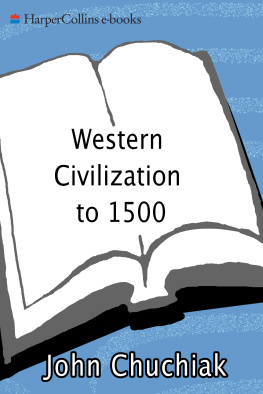



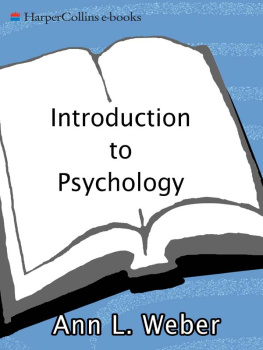

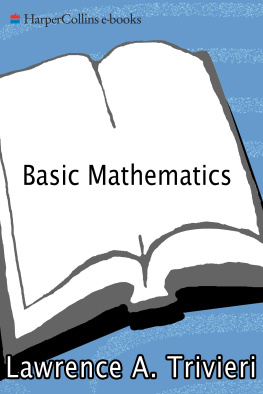

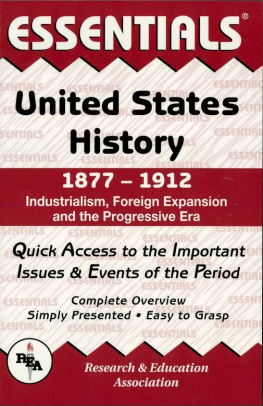
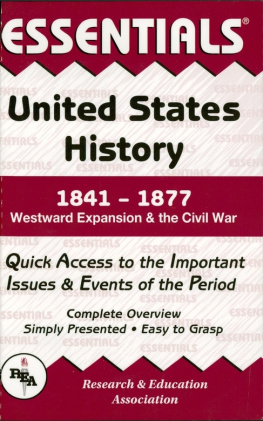

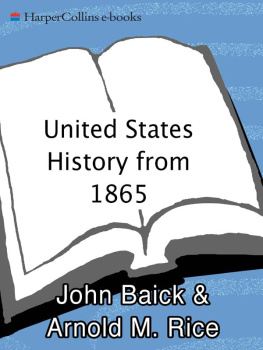

 NATIVE AMERICANS
NATIVE AMERICANS